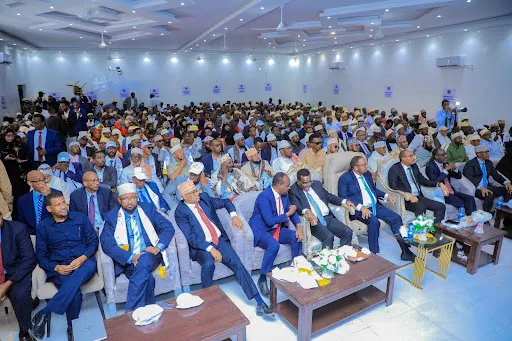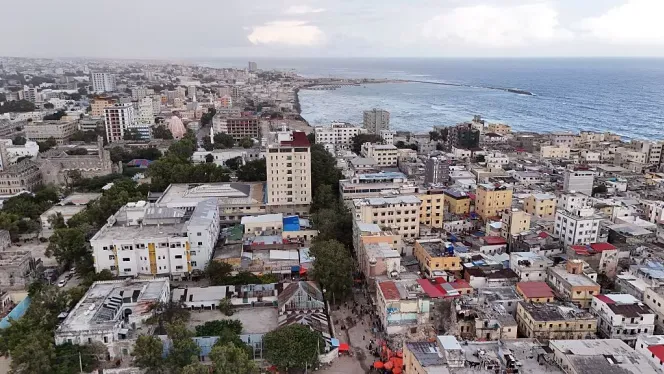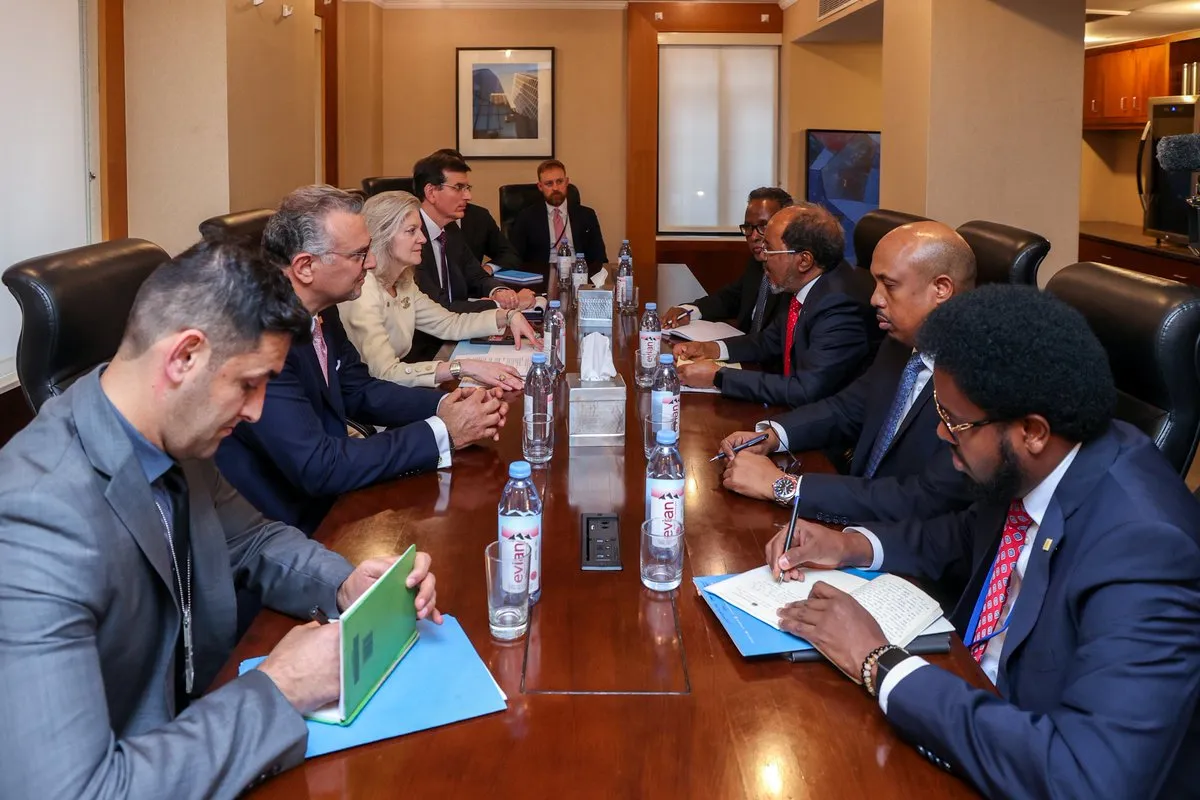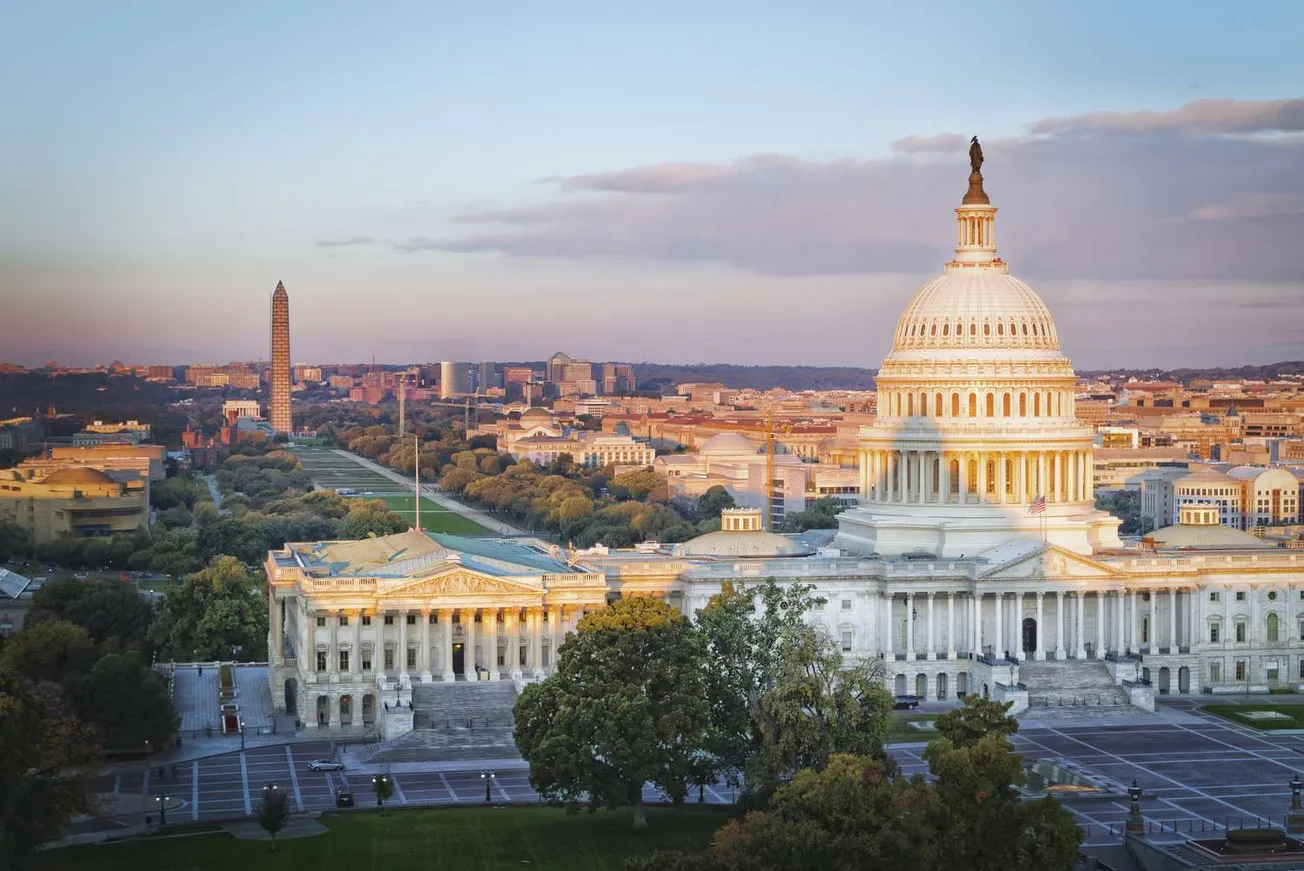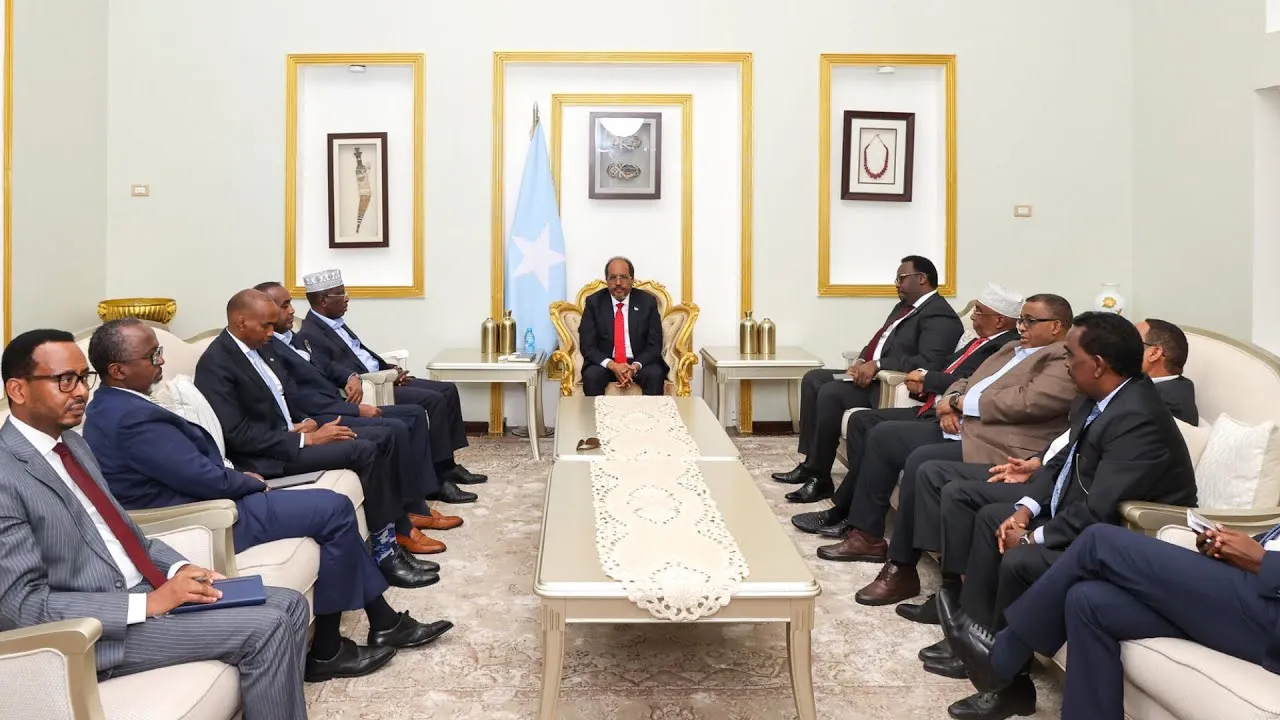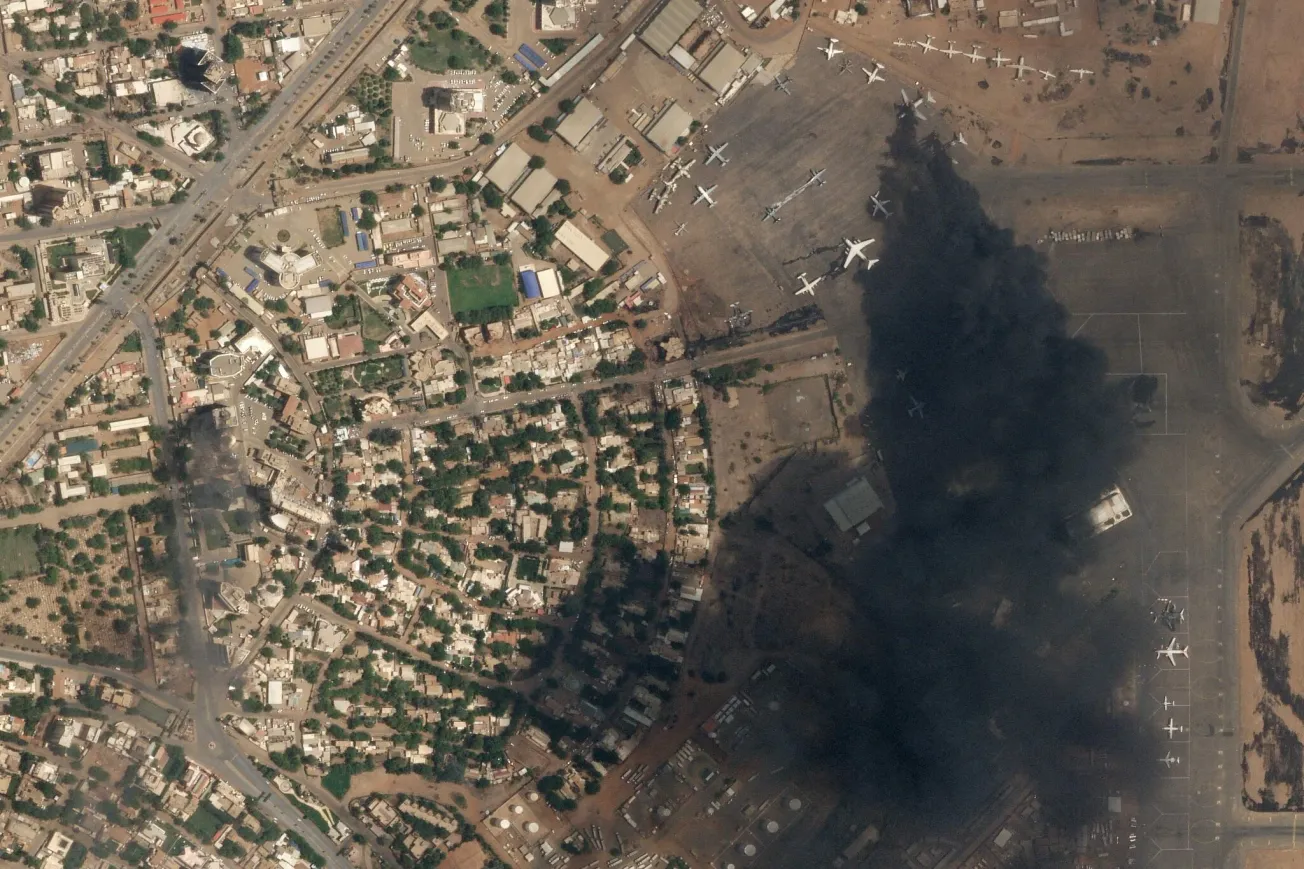Table of Contents
After two years in political limbo, a long-anticipated conference opened this week to formally establish the SSC/Khatumo State of Somalia. With strong backing from Mogadishu but also loud protestations from Hargeisa and Garowe, this new federal member state is more than a redraw of administrative lines. It is a declaration by its people and the federal government; that Somalia’s future lies not in colonial-era cartography but in the will of its citizens.
The regions of Sool and Sanaag, along with Cayn, have been the object of contestation for nearly two decades. Claimed by both Puntland and Somaliland, these areas were long labeled “disputed,” a polite euphemism for a zone of shifting loyalties and military standoffs. Yet beneath the skirmishes and claims lay a deeper local aspiration: self-governance free from domination by clans that dominate either Puntland or Somaliland. That yearning has now matured into an organized effort to establish a federal member state under Somalia’s clan-based system, an imperfect, but functional compromise designed to accommodate the country’s deep social fissures.
The Federal Government of Somalia has thrown its weight behind SSC/Khatumo, viewing it as a geopolitical lever as much as a constitutional milestone. Since Somaliland inked a controversial memorandum of understanding with Ethiopia earlier this year granting Addis Ababa access to the Red Sea, the stakes have only grown. By supporting SSC/Khatumo, Mogadishu seeks to puncture the narrative that Somaliland exercises legitimate control over its claimed borders. In particular, the federal government wants to demonstrate that Somaliland’s aspirations for statehood rest on shaky foundations, not least because it cannot even command the allegiance of all its claimed territories.
For the people of Sool and Sanaag, the formation of SSC/Khatumo is the culmination of a 17-year struggle. In this time, they have endured occupations, governance from afar, and political marginalization. The price paid has been high: hundreds of lives lost and widespread economic displacement. Yet the rationale for their resistance has remained constant; they refuse to be ruled by states dominated by larger, rival clans. Their quest was less about secession than inclusion: to be part of Somalia on their own terms, not as appendages to Puntland or Somaliland.
Neither of those two entities is taking this development lightly. Puntland argues that residents of Sool and Sanaag have been part of its political framework since the state’s founding in 1998. To it, SSC/Khatumo is not a new state but a rebellious breakaway. Somaliland’s reaction is more existential. It considers the loss of Sool and Sanaag as a mortal blow to its long-standing claim to independence. Those regions were crucial to buttressing the narrative that Somaliland’s borders correspond with those of the former British protectorate. With their loss, the case for international recognition, already elusive for 35 years, becomes even more tenuous.
Beyond symbolism, the creation of SSC/Khatumo carries practical consequences. For Somaliland, its reduced territorial claims cut into its economic ambitions and bargaining power. The loss of access routes through SSC territory to the rest of Somalia may restrict trade and movement, undermining its already fragile economy. In contrast, Puntland’s material interests are less affected. It retains control of Bosaso and Gara’ad, the principal ports that SSC/Khatumo will likely depend on. But politically, it suffers a quiet blow: many parliamentarians in Garowe hail from Sool and Sanaag. Their departure will recalibrate the internal balance of power.
For Somalia at large, the stakes are profound. The successful formation of SSC/Khatumo signals that federalism, however flawed and clan-centric, can offer a peaceful path forward for communities seeking inclusion and representation. More importantly, it sends a message that unity does not require uniformity, and that the country’s borders are determined not by colonial precedent but by the consent of the governed.
In the long term, SSC/Khatumo may serve as a diplomatic bridge between the north and the south, challenging the zero-sum logic of Somaliland’s independence bid. If managed well, it could help realign political incentives in Hargeisa, where leadership must now reckon with a diminished base and increased internal scrutiny. Whether that results in compromise or deeper entrenchment remains to be seen.
For now, the people of Sool, Sanaag, and Cayn have seized their moment. They are carving out not just a state, but a place in Somalia’s tumultuous journey toward unity. In doing so, they are reminding the region—and the world—that the future of Somalia is still being written, one region at a time.


